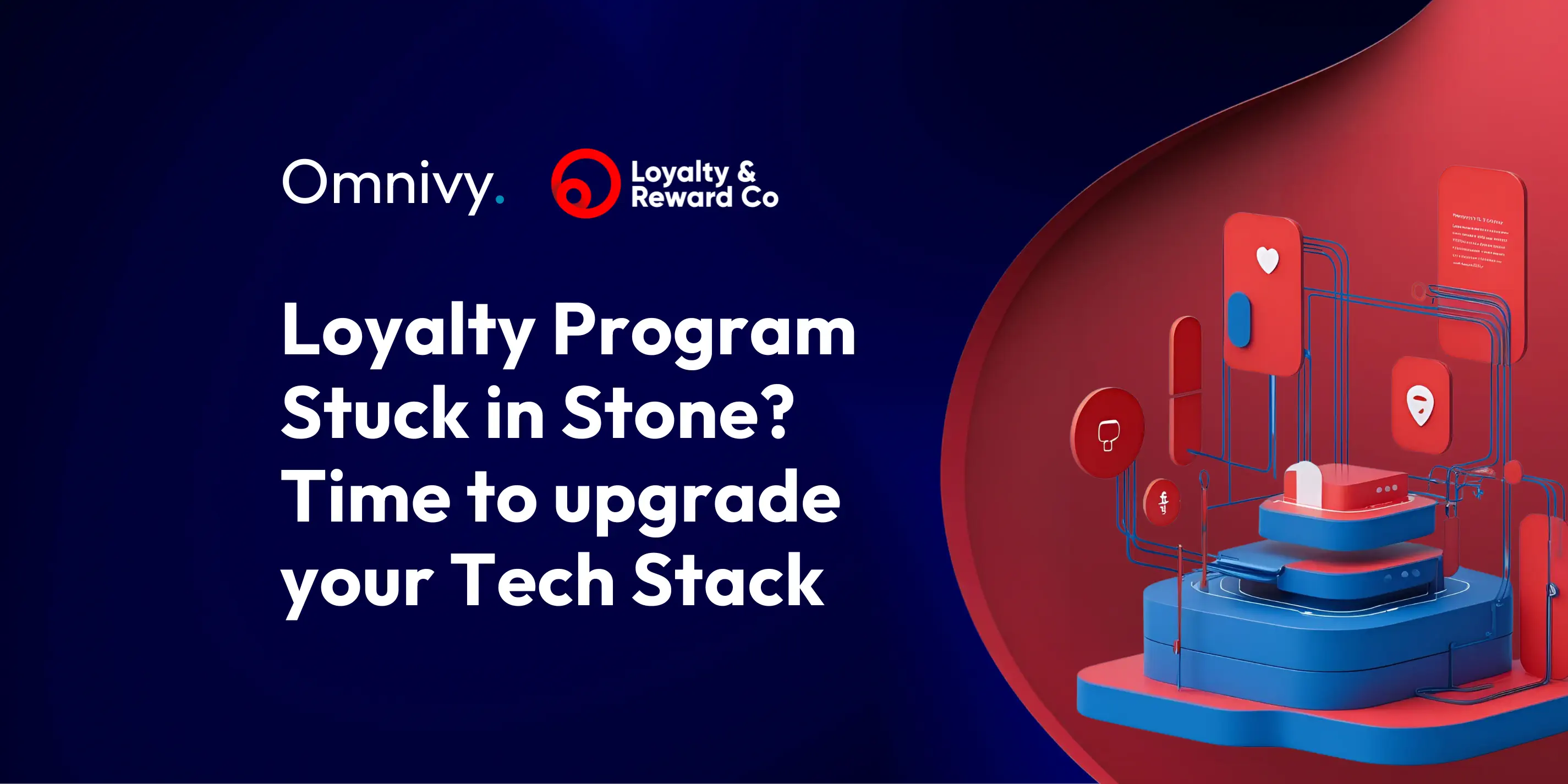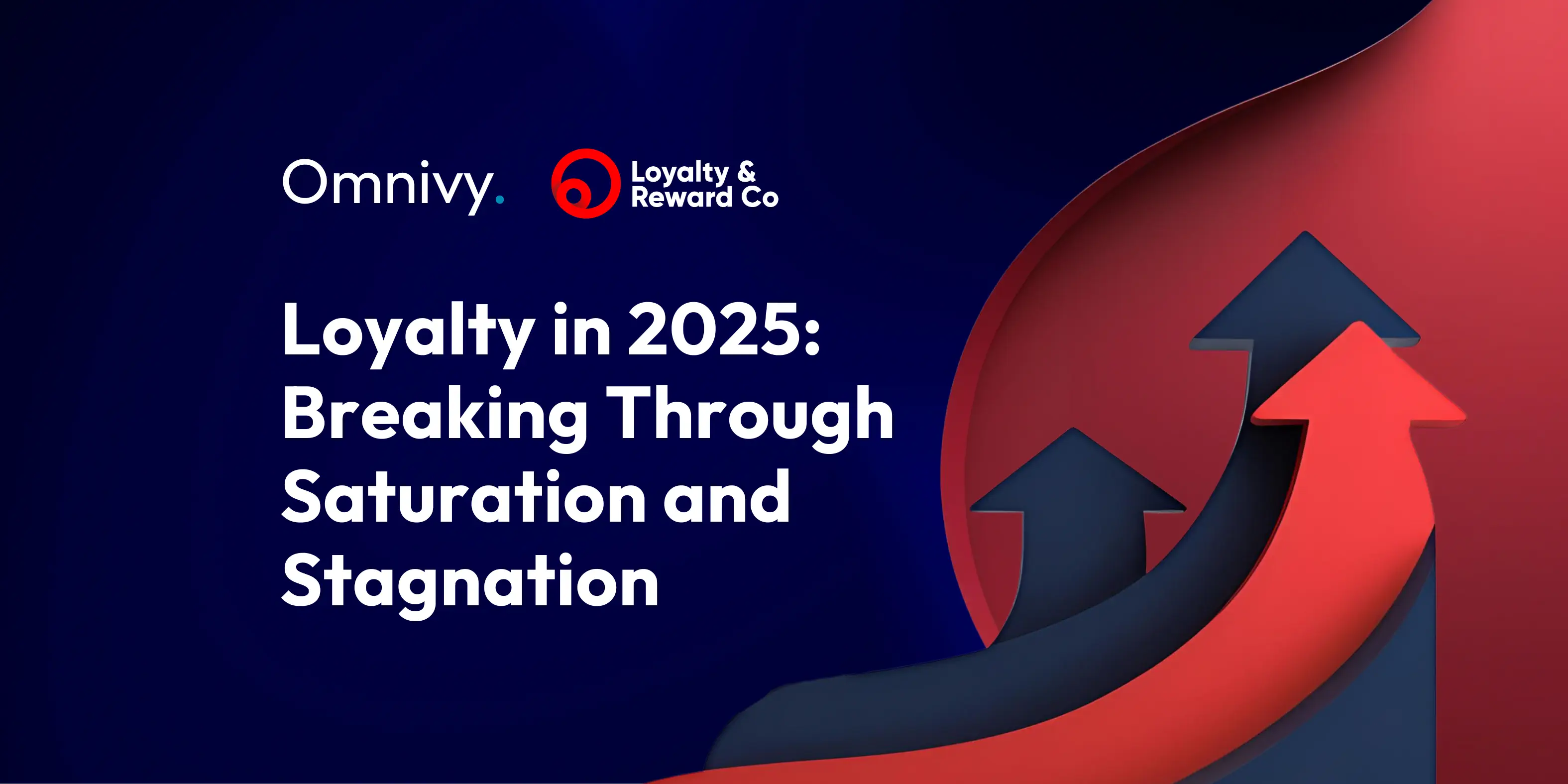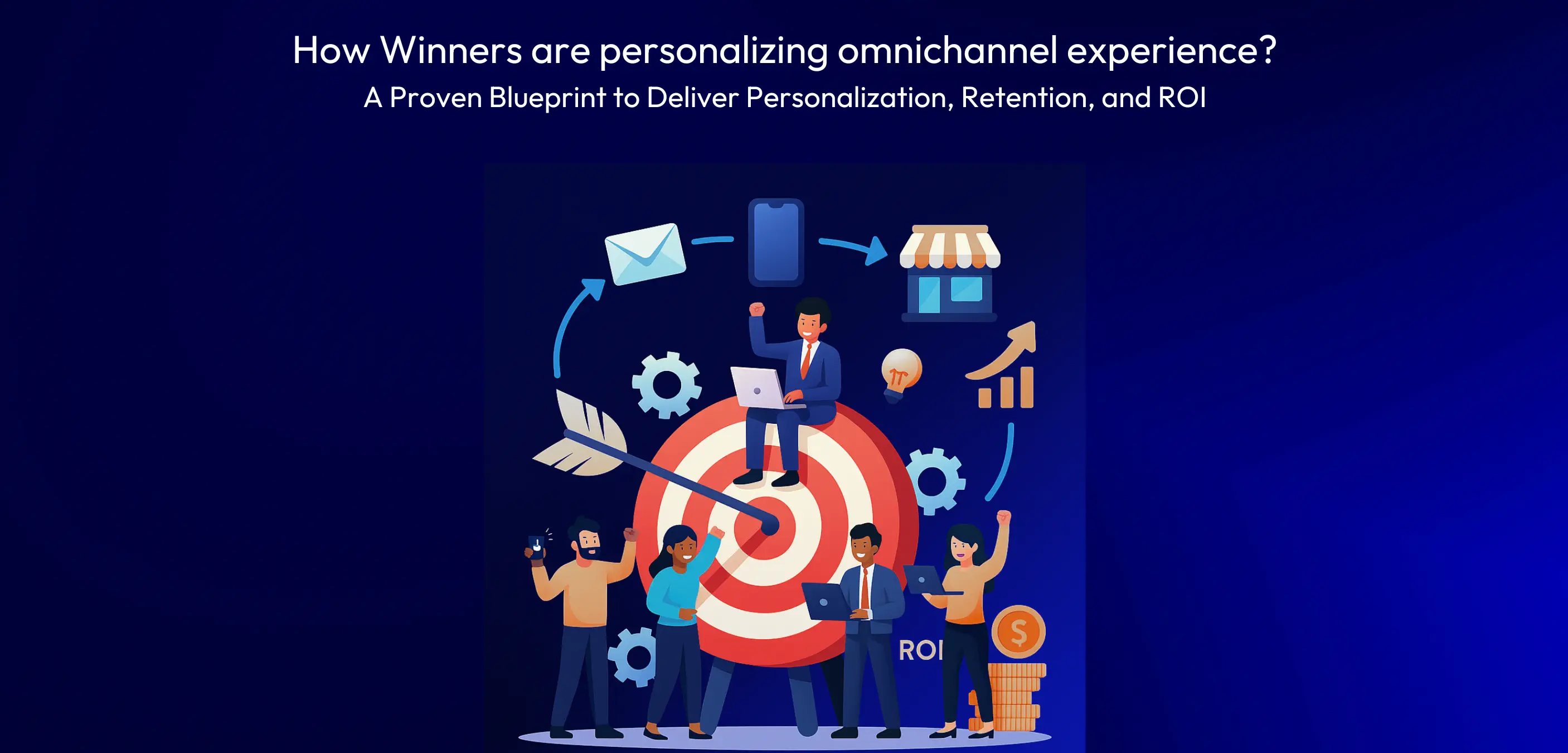In March, I came across this blog post on Customer Strategy Network website by Karol Wieteska. It summarizes this year's Loyalty Trends Report by Open Loyalty. Highly recommend reading both the report and Karol's write-up.
One quote from Karol's article particularly caught my attention:
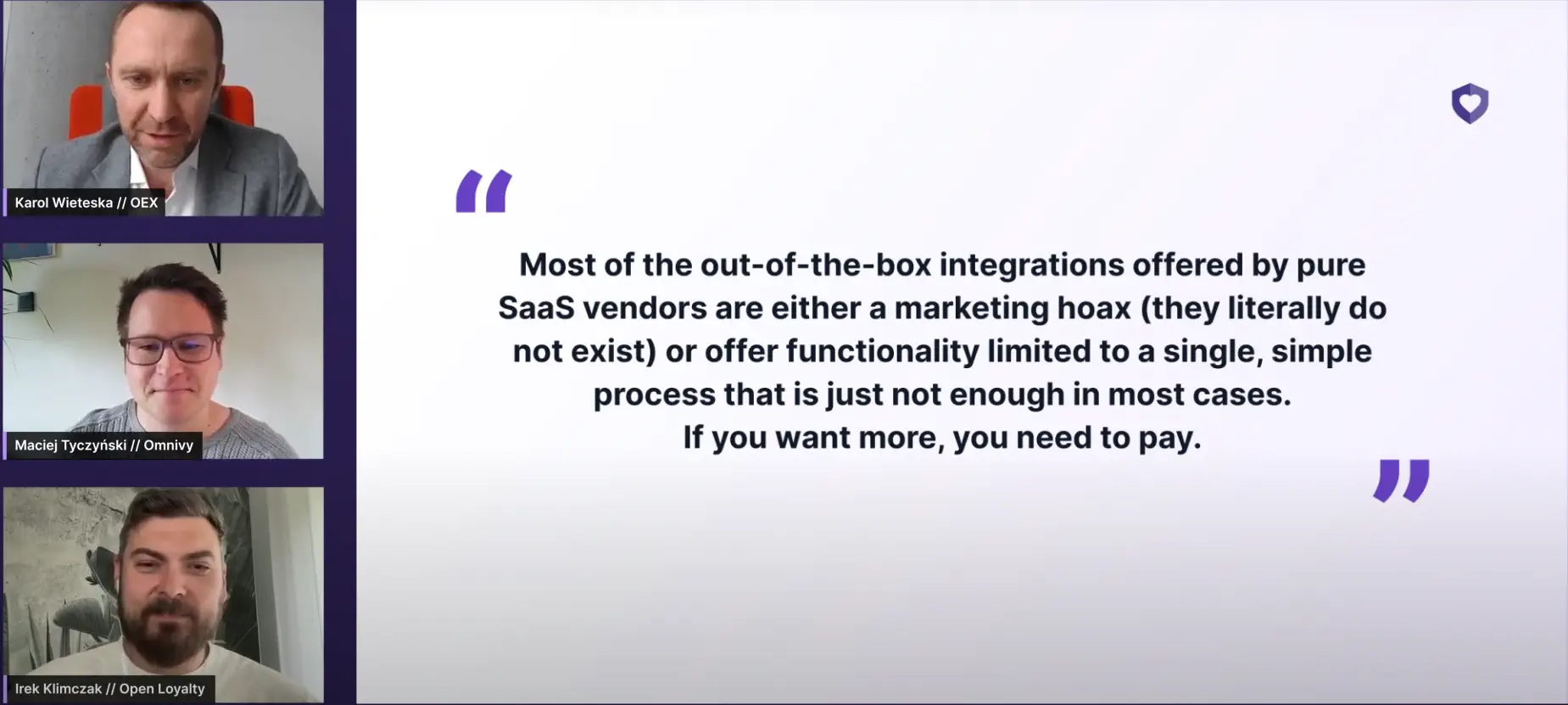
It got me thinking: is this actually the case?
I realized that I have never completed (nor have I seen or heard of) a loyalty project where out-of-the-box integrations between MarTech platforms were enough for the project to succeed. I used them as a starting point, an inspiration, or as a supplement to the platform documentation. But typically, I ended up not using them in the production setup.
TL;DR - We ended up doing a webinar on this very topic, hosted by Irek Klimczak from Open Loyalty. It's available as part of Open Loyalty's Loyalty Builders' podcast (and now also webinar) series.

You can either watch it on demand here or listen to the podcast version here.
In the webinar, we chat about:
- How companies of different sizes handle loyalty software integrations
- When using native, out-of-the-box connectors is a good choice and their common limitations
- Why loyalty software vendors showcase numerous integrations but actually offer only a few basic ones
- Typical integration challenges, with an example of our past project integrating Shopify with a modern loyalty engine
- Advantages of composable & headless loyalty software
Spoiler alert: We generally agreed (or at least I hope so!) that out-of-the-box connectors will typically not be enough for anything beyond a very basic loyalty use case. However, they are a good way to speed up prototyping, proof-of-concepts, or platform evaluations.
To expand on what we covered in the webinar, here are some tips for what to check when a loyalty (or any) SaaS software vendor tries to sell you on the idea that "our out-of-the-box connector will solve all of your integration issues."
What questions should you ask? What should you request during the market research or selection process?
Show Us the Front-end
While out-of-the-box, native integrations can usually handle pushing and pulling data in and out of platforms, they rarely solve the aspect of displaying data from one platform in another frontend or customer touchpoint. This is a critical issue, as the customer-facing aspect of loyalty programs is often what determines their success or failure.
Consider the following questions:
- How will loyalty members see their point balance, achievement status, or available rewards?
- Can the integration seamlessly incorporate loyalty program elements into your existing e-commerce platform or mobile app?
- Does the integration support customization of how loyalty information is presented to match your brand's look and feel?
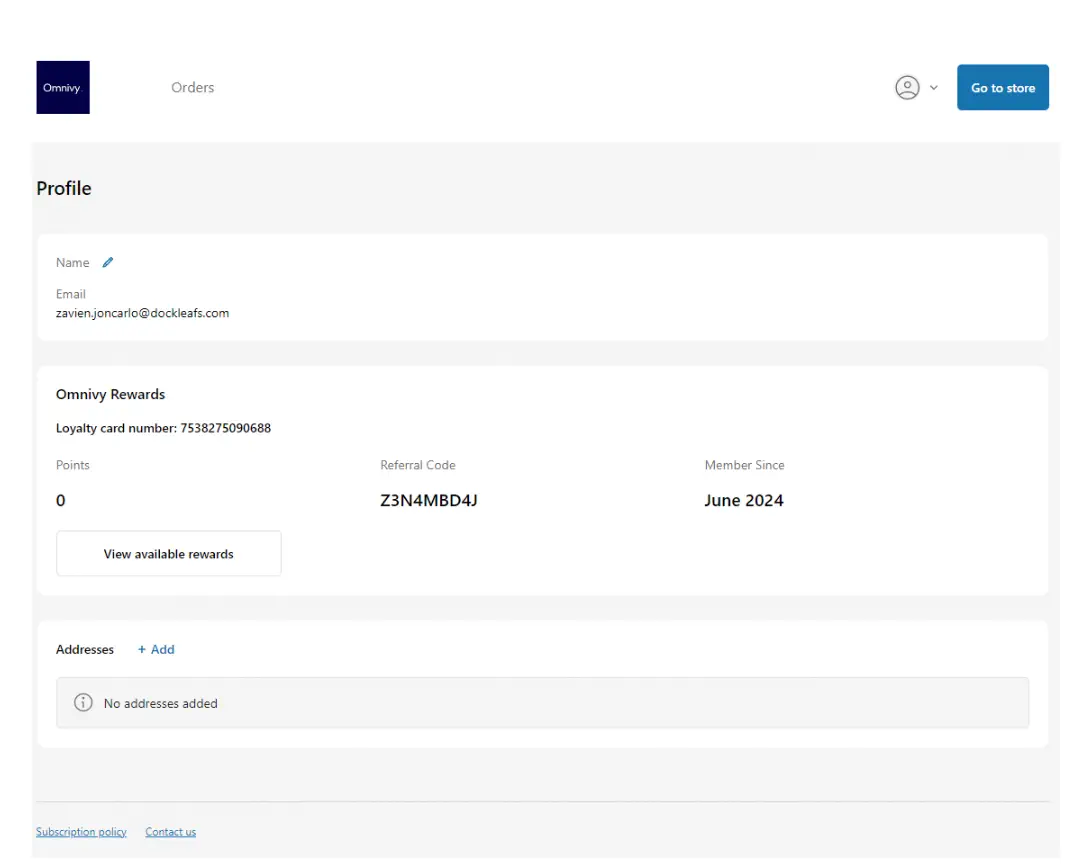
At Omnivy, we deliver both backend and frontend integration between MarTech platforms. In this example, Shopify customer profile is extended to display loyalty details from Open Loyalty.
Often, vendors focus on the back-end data synchronization but neglect the front-end experience. It's crucial to ask for demonstrations of how the integrated loyalty program will appear to customers across all touchpoints, including websites, mobile apps, and in-store displays. If the vendor can't provide a satisfactory answer or demonstration, it may indicate that significant custom development will be required to create a cohesive customer experience.
Full Customer Journey
Out-of-the-box integrations often solve siloed use cases. For example, they might support synchronizing loyalty member data between a CRM system and a loyalty platform. However, they sometimes fail to complete a full customer journey, which is essential for a seamless and effective loyalty program.
To truly understand the capabilities and limitations of an integration, it's generally a good idea to map out several common and uncommon customer journeys for your loyalty program. These journeys should cover the entire lifecycle of a customer's interaction with your loyalty program, such as:
- Initial sign-up and onboarding
- Capturing consents for data processing, privacy and marketing communications
- Point accrual from various sources (purchases, referrals, challenges)
- Reward redemption across different channels
- Handling of special promotions or double-point events
- Re-engagement of inactive members
Once you have these journeys mapped out, ask your potential software vendor to showcase how these journeys would be handled using their out-of-the-box integrations from start to finish.
This exercise will reveal any gaps or limitations in the integration that might require custom development or workarounds.
3rd Party API Dependency and Versioning
Most native integrations use APIs that the platforms expose under the hood. This approach introduces a layer of complexity that many vendors struggle to manage effectively. Maintaining such an integration (where a vendor only controls one side of it) is much harder and more expensive than maintaining a regular product feature.
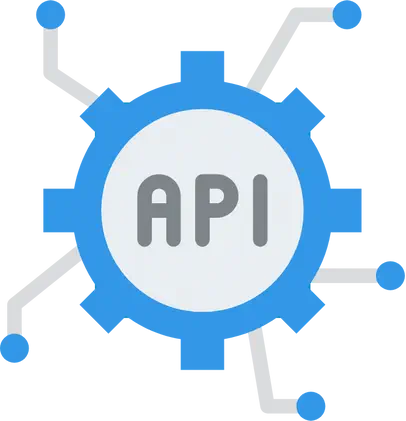
Here are some key considerations:
- API Version Compatibility: It's important to check what API version the native integration uses. Is it the latest version, or is it several versions behind?
- Update Frequency: Check their policy regarding API adoption speed. How quickly do they support new API versions once published by another vendor? A vendor that lags significantly behind in adopting new API versions may leave you vulnerable to security issues or missing out on new features.
- Deprecation Handling: Ask how they handle API deprecations. What is their process for updating the integration when the third-party platform announces the end-of-life for an API version?
- Communication: How do they communicate changes or updates to the integration that may result from API changes?
- Testing and Quality Assurance: What processes do they have in place to ensure the integration continues to function correctly after API updates?
If the newest version of the API is far ahead of what the native integration is using, it's a clear red flag. This situation could indicate that the vendor is not actively maintaining the integration, which could lead to compatibility issues, security vulnerabilities, or missed opportunities to use new features.
Error Handling
Robust error handling is a critical aspect of any integration, yet it's an area where many out-of-the-box connectors fall short. These connectors often work well in ideal conditions, when both systems are available and performing normally. However, in real-world scenarios, systems can experience downtime, network issues, or other disruptions.
Few vendors pay adequate attention to implementing effective error handling mechanisms. When evaluating an integration, consider the following:
- Error Logging: How detailed are the error logs? Do they provide enough information to diagnose and resolve issues quickly?
- Retry Logic: Does the integration have retry mechanisms for failed operations in place? How does it handle temporary outages or network interruptions?
- Data Consistency: How does the integration ensure data consistency across systems when errors occur? Are there rollback mechanisms in place?
- Alerting: Does the integration provide real-time alerts for critical errors or persistent issues?
- Graceful Degradation: How does the integration behave when one system is unavailable? Can it operate in a limited capacity, or does it fail completely?
- Recovery Processes: What processes are in place to recover from extended outages or significant data discrepancies?
Asking these questions can help you understand how resilient the integration is and how it will perform under less-than-ideal conditions.
A well-designed integration should be able to handle errors gracefully, minimizing disruptions to your loyalty program and maintaining a positive customer experience even when technical issues arise.
Configuration Limitations
Modern loyalty and marketing software tends to be highly configurable. It usually features some kind of no-code or low-code rule engine that allows for flexible promotion configuration. Most SaaS software today also allows for data model extensions via custom properties, attributes, or metafields.
This flexibility, while beneficial, introduces significant challenges for out-of-the-box integrations. Especially in platform-to-platform integrations, where flexible software is on both sides of the equation. It's very difficult to build an integration that supports every possible configuration on both sides.
There's nothing inherently wrong with an integration having some limitations - it's practically impossible to create a one-size-fits-all solution. However, it's crucial to understand these limitations upfront. Make sure to ask a vendor at the selection phase to clearly lay out the limitations that using out-of-the-box connectors will create.
The key question to ask is, "In what setup will this native integration not work?". This question can reveal scenarios where you might need extra development or where the integration might not be suitable for your specific loyalty program configuration.
Conclusions
To sum up, out-of-the-box integrations have their role in the loyalty software ecosystem. They can speed up certain processes, supplement platform documentation, or provide inspiration on what can be achieved when integrating one platform with another. These integrations can be particularly useful for:
- Quick prototyping and proof-of-concept work
- Small businesses with straightforward loyalty programs
- Initial platform evaluations and testing
- Supplementing other integration efforts
However, it's crucial to be cautious and not fall into the trap of thinking they will magically solve all integration challenges that are bound to occur when plugging a loyalty platform into your broader MarTech stack. The reality is that most sophisticated or large-scale loyalty programs will require some level of additional integration work to fully meet their needs.
Remember, while out-of-the-box integrations can be a great starting point, they're often just that - a starting point. Be prepared to invest in integration and its ongoing maintenance to create a truly seamless and effective loyalty program integration.
Make sure to watch the webinar or listen to the podcast for more thoughts on this topic.
And of course, many thanks to the folks at Open Loyalty and their Loyalty Builders Podcast (and now webinar) for hosting this conversation. Their platform for sharing knowledge and experiences in the loyalty space is invaluable for professionals in this field. By the way, it has just hit its one-year mark - so happy birthday to Loyalty Builders! Here's to many more years of fun discussions!



